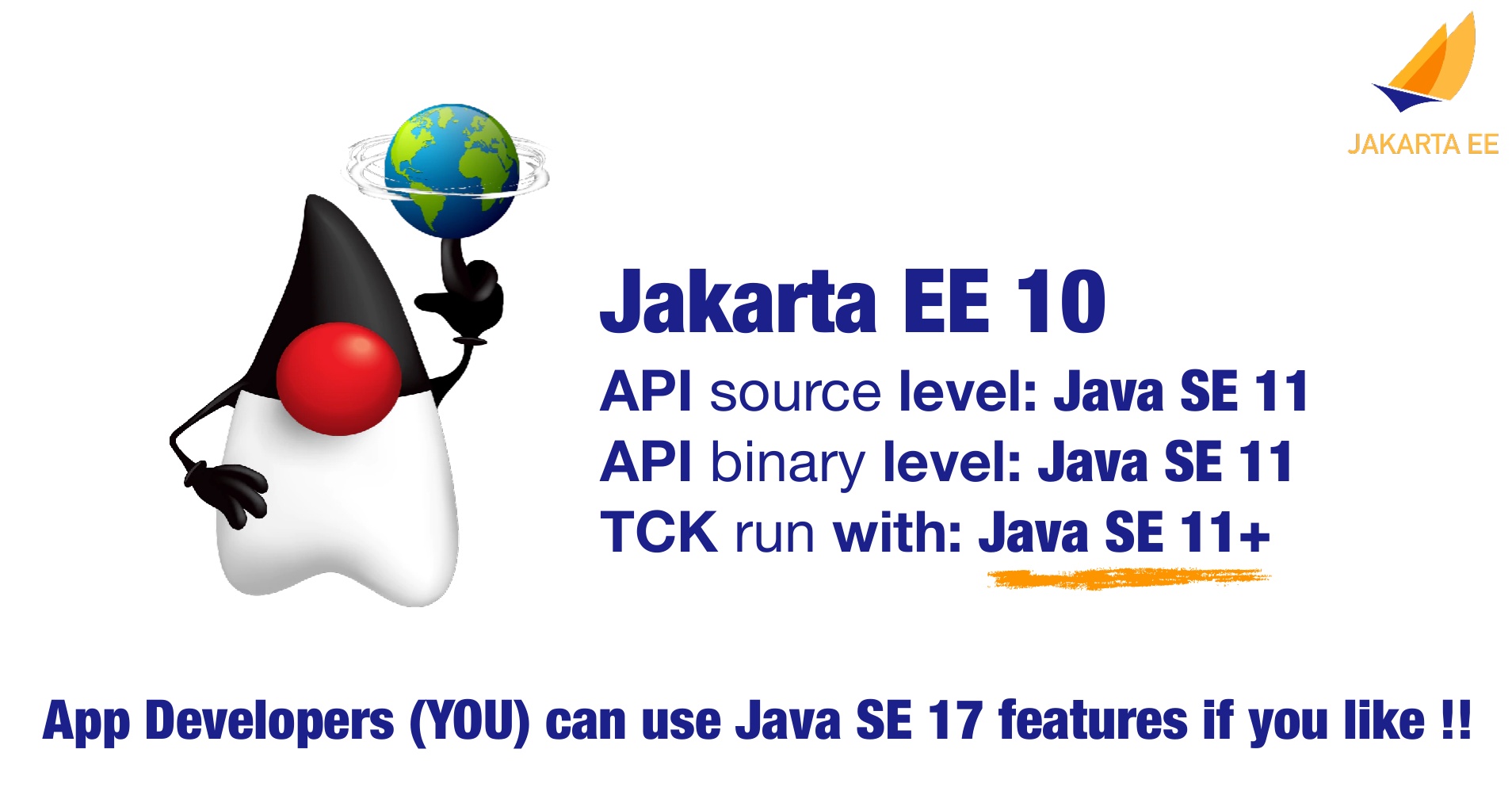

Some of them are related to how they allow your developers to write code. There are many benefits to using microservices. These microservices can interact with other microservices and can have unique URLs or names while being always available and consistent even when failures are experienced. Each of the involved programs is independently versioned, executed, and scaled. Instead of large teams working on large, monolithic projects, smaller, more agile teams develop the services using the tools and frameworks they are most comfortable with. Microservices captures your business scenario, answering the question, “ What problem are you trying to solve?” These smaller programs are grouped to deliver all the functionalities of the big, monolithic app. You can structure big and complicated applications with simpler and independent programs that execute by themselves. You can create them using different programming languages and even different platforms. Instead of a monolithic app, you have several independent applications that can run on their own.


Microservices can be thought of as a form of service-oriented architecture (one of the most critical skills for Java developers) wherein applications are built as a collection of different smaller services rather than one whole app. The services communicate with clients, and often each other, using lightweight protocols, often over messaging or HTTP. Microservices are an architectural style that develops a single application as a set of small services.


 0 kommentar(er)
0 kommentar(er)
